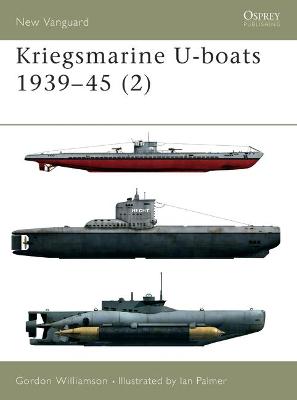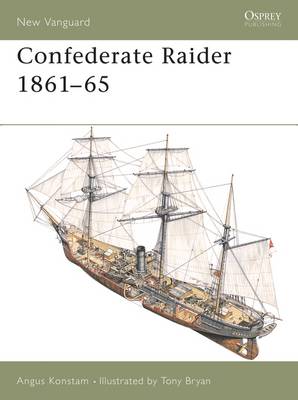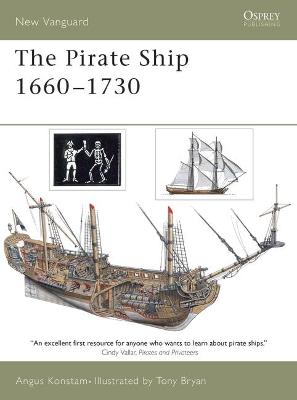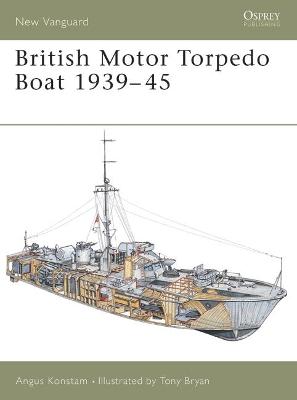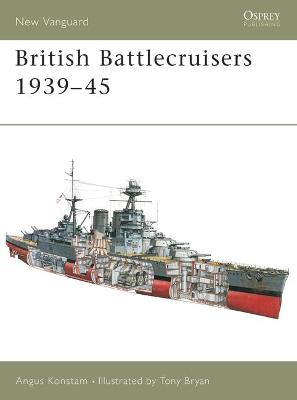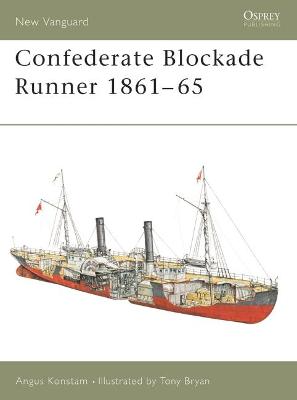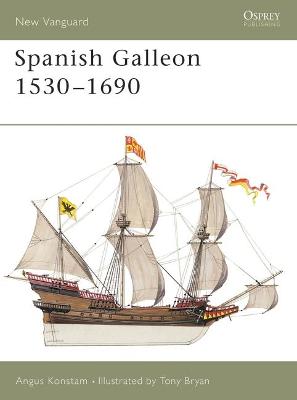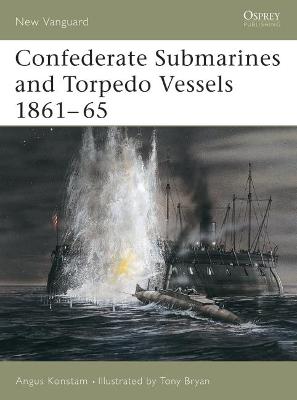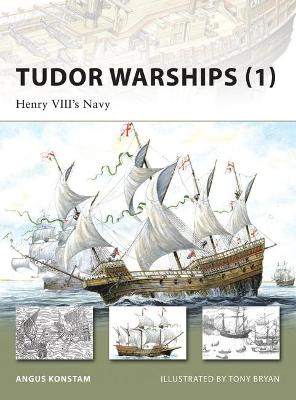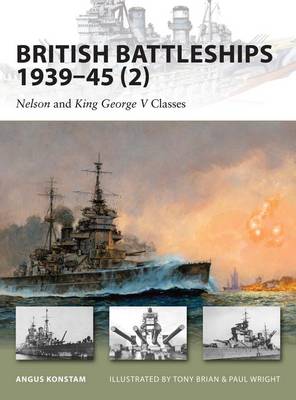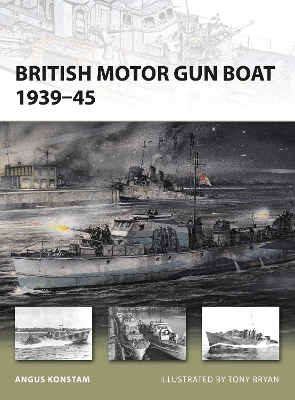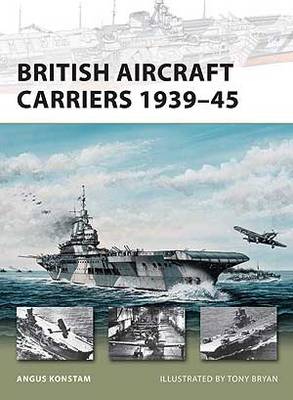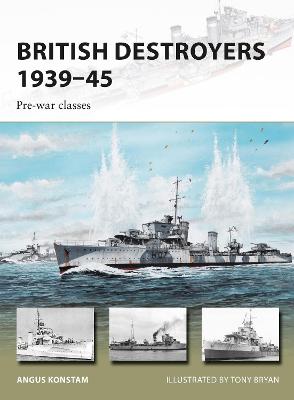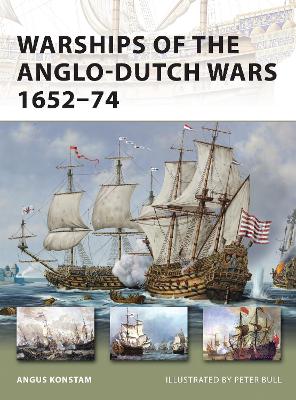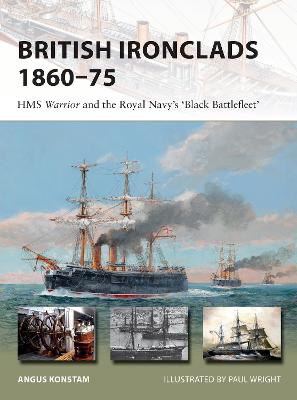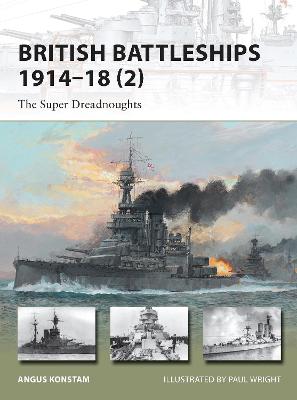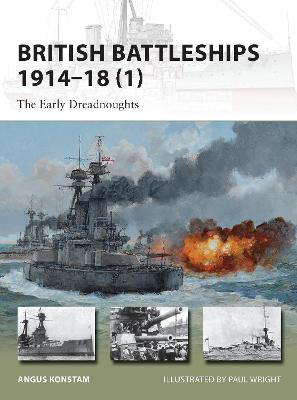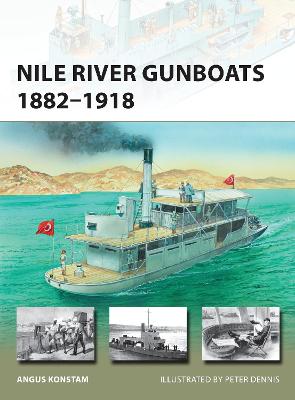New Vanguard
12 primary works • 32 total works
Book 56
Book 64
Book 70
Book 74
Book 88
Book 92
Book 96
Book 103
Book 142
Book 160
Book 166
Book 168
Just like the Dreadnought half a century later, this ship changed the nature of naval warfare forever, and sparked a frantic arms race. The elegant but powerful Warrior embodied the technological advances of the early Victorian era, and the spirit of this new age of steam, iron and firepower.
Fully illustrated with detailed cutaway artwork, this book covers the British ironclad from its inception and emergence in 1860, to 1875, a watershed year, which saw the building of a new generation of recognisably modern turreted battleships.
In Britain, this period was dominated by Sir William White, the Navy's Chief Constructor. Under his guidance the mastless battleships of the 1880s gave way to an altogether more elegant type of capital ship. The period of trial and error which marked the ironclad era ushered in a more scientific style of naval architecture. As a result, these battleships were among the most powerful warships in the world during the late Victorian era, and set a benchmark for the new battle fleets produced by navies such as Japan, Russia and the United States.
Illustrated throughout with full-colour artwork, this fascinating study offers a detailed and definitive guide to the design, development and legacy of the Royal Navy's battleships at the turn of the 20th century as they paved the way for the coming of the Dreadnought.
